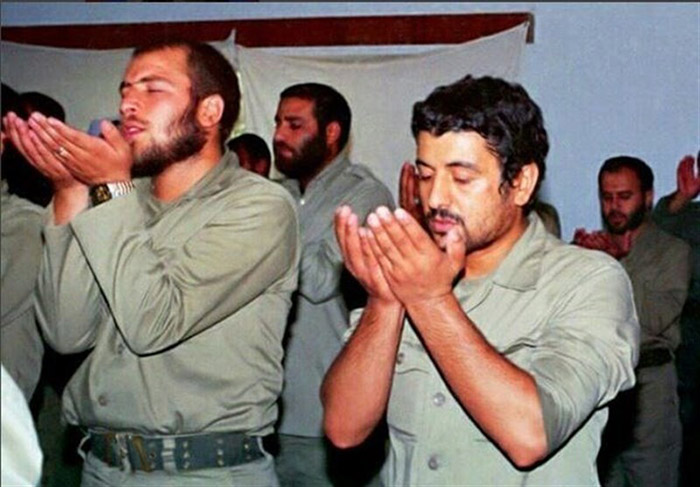Support for Islamic governance under the framework of Velayat-e Faqih (Guardianship of the Jurist). Advocacy for economic pragmatism and reducing bureaucratic inefficiency. Promotion of urban modernization and infrastructural development. Resistance to Western cultural influence but support for international trade and technological cooperation where beneficial. This blend of traditional conservatism and managerial pragmatism helped him cultivate an image as a modern, capable conservative — distinct from both the hard-line clergy and the reformist technocrats.
Ghalibaf’s twelve-year tenure as Mayor of Tehran significantly shaped his political reputation. Under his administration, Tehran saw large-scale urban development projects that changed the city’s skyline and infrastructure. Expansion of the Tehran Metro — several new lines and stations were built, improving public transport capacity. Modernization of roads and highways, including new expressways, bridges, and tunnels to ease chronic traffic congestion. Public spaces and cultural centers — Ghalibaf oversaw the creation of parks, pedestrian zones, museums, and concert halls aimed at revitalizing Tehran’s urban life. Technological modernization — he pushed for digital management systems and urban planning tools to streamline municipal services.

